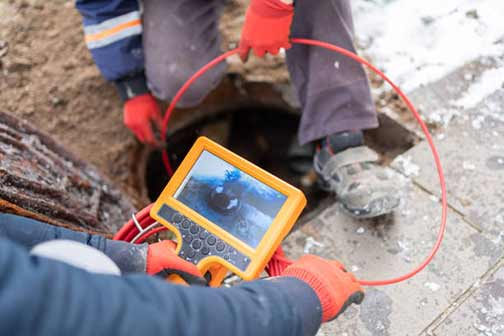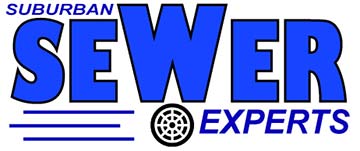
Every house, including yours, has two distinct parts, says White Robbins Management. There is the visible section of the house; the parts of the home that you interact with daily; your bedroom, living room, kitchen, bathroom, garage, lawn, garden, attic, and basement or crawlspace.
Then there are the unseen parts of the home. You know about them but rarely interact with them. These include the electrical wiring, gas lines, and water pipes embedded inside the structures of your home, as well as the drainage systems running underneath your floors and yard.
These two very distinct parts of your building are essential for the proper function of your home. They must operate in sync to make the house livable. If one aspect of your house is neglected, that neglected part can impact the function of those parts of the home that you take care of.
This is the case with your sewer systems
Do you know what is going on inside your sewer lines? Without up-to-date information on the physical condition of the pipes and the kind of problems (debris, damage, clogs, and blockages) in the system, how can you deal effectively with any sewer line issues in your home?
This is the biggest problem when dealing with sewer line issues in your home. It is the main reason why lots of homeowners don’t realize the extent of the sewer line issues in their home until those problems cause an emergency, such as a sewer backup, in the house.
It is also why more money is spent on the sewer line problems, without any real results. Most times, homeowners are shooting in the dark, just hoping to somehow solve the problems. This occurs because it is challenging to accurately diagnose problems in a sewer line.
Accurate diagnosis of sewer line issues: challenges and methods
Why are sewer line problems so difficult to diagnose?
Sewer lines are underground, so there is no easy way to inspect them. The traditional way of doing this is to dig into the floor or yard to the location of the pipes. But this approach is costly and time-consuming. Moreover, you can only use it a limited number of times.
The other reason is that the symptoms of sewer line problems can be very misleading. What appears like a simple drain clog may have its origins deep inside the sewer line. Moreover, these symptoms can happen at the same time, making it harder to find the root cause of the problem.
Is there a way to get around these difficulties?
The only way to diagnose the problems in a sewer line without going through the hassle of excavating the pipes is to perform a video inspection. Sewer video inspections use modern technology to solve the age-old problem of how to cheaply and accurately assess the condition of underground pipes.
How sewer video inspection works
To inspect a sewer line using this method, the plumber or technician will insert a small waterproof high-resolution camera into the sewer line via a cleanout or other access point. Using the flexible cable attached to the camera, the operator guides it into the line.
As the camera navigates through the line, it captures detailed images of the pipe channel and sends them in real time to a screen monitored by the technician. This provides the plumber with a clear picture of the actual condition of the sewer line channel and the pipes that comprise the system.
What can a sewer video inspection reveal?
Sewer video inspections reveal a host of sewer line problems, including but not limited to:
- Clogs and blockages: Plumbers can detect blockages and determine if they are caused by grease buildup, tree roots, hygiene products, or excessive toilet paper.
- Cracks, leaks, and weak points: If there are leaks, cracks, worn-out areas, loose joints, and corroded pipes in the sewer line, they will be found.
- Sewer line bellies and collapse: If the line has low points, is settled, or has collapsed, a sewer video inspection will also reveal the problem.
- Misaligned joints: A sewer video inspection can also help the plumber identify offset or misaligned pipe joints in a sewer line.
Sewer video inspections provide up-to-date and relevant information about the physical condition of a sewer line. They help ensure that the solutions you deploy to fix your sewer line issues will treat the right problems. This allows homeowners to save a ton of money and time.
Apart from finding and fixing the problems in a sewer line, sewer video inspections are also a valuable tool when trying to sell or buy a home. Sellers who conduct a sewer video inspection win more trust from buyers, and buyers can perform this inspection to protect themselves.
Finally, sewer video inspections are not just for when you have a sewer line. They can help prevent these problems. This is possible when you use the inspection as a preventive maintenance tool, done once a year, whether there are known problems in the sewer line or not.

